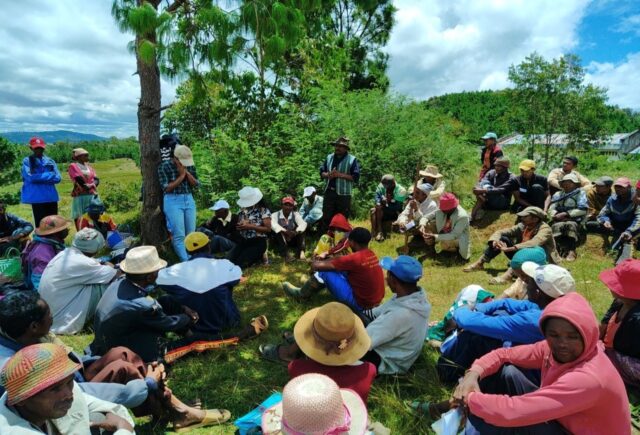The toolkit aims to encourage a more standardised approach to structuring blended finance and boost investment flows to developing countries.

British International Investment (BII) and Boston Consulting Group (BCG) have developed a typology and scorecard, which the organisations hope will provide a practical toolkit for designing and assessing blended finance structures to unlock billions of dollars of private capital in support of the UN sustainable development goals (SDGs).
Blended finance boosts private investment in emerging and pioneer markets by using public funding and guarantees to help de-risk private investment. However, it is a sector that has yet to scale up in the way many had hoped a decade ago, with would-be investors often deterred by the complexity and costs involved in participating in structures that can take several years to come to fruition.
Blended finance flows have rebounded since the Covid pandemic to reach a five-year high of $15bn (€13.2bn) in 2023. But that pales into insignificance compared to the UN’s estimate of a $4.3trn annual financing gap needed to make headway in meeting SDGs.
The tools aiming to boost investment are explained in a new report co-authored by BII, the UK’s development finance institution and BCG.
Standardisation
BII hopes the classification and scorecard can pave the way for a more standardised approach to deal structuring, providing templates that can be more readily be understood and adopted by asset owners and asset managers
“Blended finance is a potentially brilliant solution to the existential crises of climate change and poverty, but, up until now, it has been quite parochial, in that deals can be too bespoke, or customised to meet a specific challenge or the needs of the group of investors round the table,” Sarah Marchand, director of capital solutions at BII told Impact Investor.

She said that, although creativity and innovation were vital to establishing new blended finance structures, a more standardised approach was required if the sector was to attract a wider range of investors and scale up.
“We need to learn from those first pilot structures and then standardise them so we can do more of them and so that people can understand them more quickly,” he said.
Five-archetype classification
The classification by archetype is intended to enable fund managers and investors to design, assess and fund blended vehicles more efficiently.
BII and BCG found that over 90% of the 65 blended finance funds they analysed could be classified into only five archetypal types, as defined by fund purpose, institutional investor risk appetite, and underlying asset risk.
The first two fund types are high-risk pioneering impact equity funds and pioneering impact debt funds, typically in the $50m-$200m fund size range. The other three are moderate-to-low risk larger funds classified as high-yield mobilisation, targeted mobilisation and diversified mobilisation funds, with sizes of some $200m-$1bn.
These five categories, which are further detailed in the report, are not seen as rigid structuring templates, but are intended to provide a practical reference for decision-making by fund managers and investors. Where a fund does not fit fully into one of these archetypes, the typology helps identify and justify the differences, BII says.
The report also includes examples of blended finance structures falling into the five categories, ranging from Clime Capital’s Southeast Asia Clean Energy Fund II as a pioneering impact archetype to the $1bn SDG Loan Fund launched in 2022 by Allianz Global Investors and FMO Investment Management as a diversified mobilisation archetype.
Scorecard for a structured approach
Also included in the report are details of a scorecard, designed to allow assessment of the quality of a blended finance structure systematically and consistently. The scorecard is intended for use by both commercial and concessional investors to determine whether a fund’s structure aligns with their objectives, balances stakeholder priorities, and adheres to best practices.
BII said that, while commercial and impact assessments are well-established, the scorecard fills an important gap, by providing a structured approach to evaluating blended finance fund structures, in addition to existing due diligence frameworks.
Marchand said the toolbox had been developed following consultations with BII’s partner asset managers and had received a positive response among donors and asset owners, as well as investment managers.
She said the tools could help create a database of blended finance transactions that would add another layer of detail to complement data currently available through organisations such as Convergence and the Global Emerging Markets Risk (GEMs) database.
Investors new to the field struggle to find granular information on the terms of prior blended finance deals to help their decision-making, in part due to confidentiality requirements. But BII thinks that its tools could generate useful data on deal structuring without revealing specifics of individual deals.
BII has already applied the tools to its portfolio and the 20-30 submissions it received after a request for proposals from asset managers on how to develop blended finance-type structures, as part of its recently launched £100m mobilisation funding initiative.
“We would love to see other people adopting the scorecard, testing it, seeing if it’s useful for them in their process, and, potentially, sharing data with a centralised industry body,” Marchand said.
Share on social media






发表回复